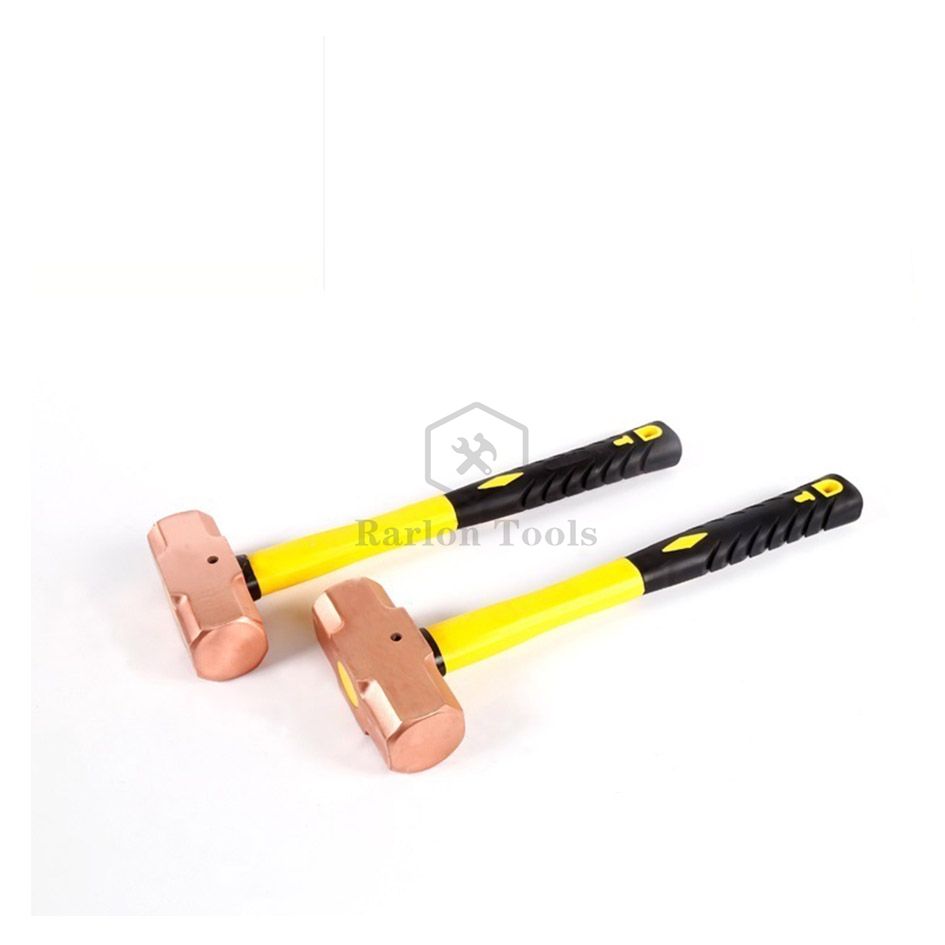1. Mechanical fire source: sparks caused by impact and friction
2. Heat source: high-temperature hot surface, sunlight, and focus
3. Electric fire source:
EDM: sparks and arcs caused by circuit short circuit and overload
Static spark: Two different substances (at least one of which is a dielectric) come into contact with each other, friction, etc., generate static electricity to form high-voltage electricity and emit in the form of sparks
4. Lightning: Sparks produced by lightning
5. Chemical fire source: open flame, chemical reaction heat, spontaneous combustion
After investigation, the above explosions were caused by the use of explosion-proof tools and the formation of static sparks.

Relevant measures to avoid the formation of ignition sources in fire protection
1. The floor of the room where the LPG or LNG equipment is installed should be a non-sparking floor.
2. When carrying out anti-corrosion construction at a gas station, it is strictly forbidden to carry out operations with open flames or electric sparks within 18.5m of the station.
3. The following lightning protection measures shall be taken for the process pipelines of the oil depot in the explosion hazardous area:
1) The metal flange connection of the processing pipeline should be bridged. When no less than 5 bolts are connected, it can be skipped under a non-corrosive environment.
2) For metal pipes laid in parallel on the ground or in non-sand filled trenches, when the net distance is less than 100mm, metal wires should be used for bridging, and the spacing of the bridging points should not be greater than 30m. When the clear distance of the intersection point of the pipeline is less than 100mm, the intersection point should be connected by metal wire.
4. Class A factory buildings emitting flammable gases and combustible vapors that are heavier than air and Class B factory buildings with the danger of dust and fiber explosion shall meet the following requirements:
1) The non-sparking ground should be used. When using insulating materials as the overall surface layer, anti-static measures should be taken;
2) The inner surface of the factory building that emits combustible dust and fibers should be smooth and smooth, and easy to clean;
3) It is not advisable to set trenches in the plant. When it is really necessary, the cover plate should be tight. Effective measures should be taken to prevent the accumulation of combustible gases, combustible vapors, dust, and fibers in the trench, and fireproof materials shall be used to seal the adjacent workshop.
5. In the refueling and refueling operation area of the refueling station, there shall be no "open flame location" or "sparking location".
The above information is provided by an explosion-proof tools manufacturer.